Fires are some of the most dynamic and dramatic natural phenomena. They can change rapidly, burning natural landscapes and human environments alike. Fires are a natural part of many of Earth’s ecosystems, necessary to replenish soil and for healthy plant growth. But, as the planet warms, fires are becoming more intense, burning longer and hotter.
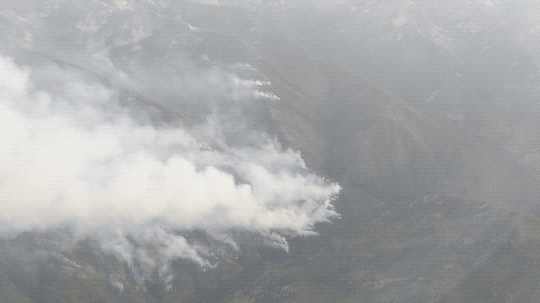
Right now, a fleet of vehicles and a team of scientists are in the field, studying how smoke from those fires affects air quality, weather and climate. The mission? It’s called FIREX-AQ. They’re working from the ground up to the sky to measure smoke, find out what’s in it, and investigate how it affects our lives.
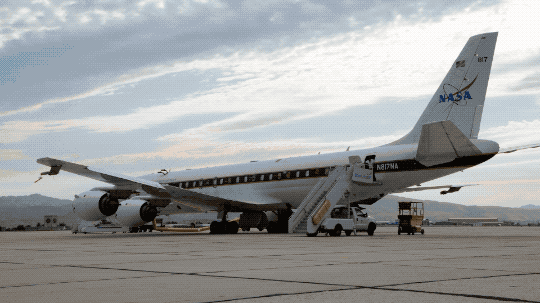
Starting on the ground, the Langley Aerosol Research Group Experiment (LARGE) operates out of a large van. It’s one of two such vans working with the campaign. It looks a little like a food truck, but instead of a kitchen, the inside is packed full of science instruments.
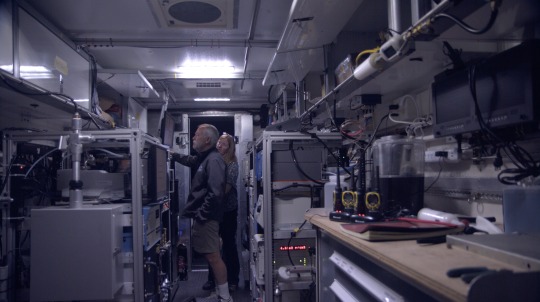
The team drives the van out into the wilderness to take measurements of smoke and tiny particles in the air at the ground level. This is important for a few reasons: First of all, it’s the stuff we’re breathing! It also gives us a look at smoke overnight, when the plumes tend to sink down out of the atmosphere and settle near the ground until temperatures heat back up with the Sun. The LARGE group camps out with their van full of instruments, taking continuous measurements of smoke…and not getting much sleep.
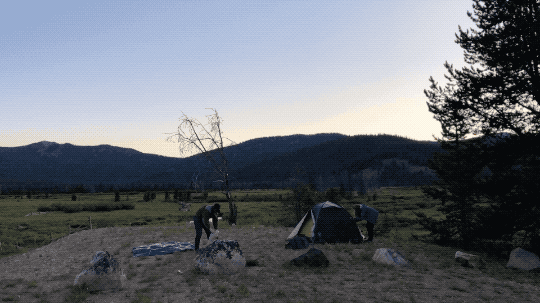
Just a little higher up, NOAA’s Twin Otter aircraft can flit down close to where the fires are actually burning, taking measurements of the smoke and getting a closer look at the fires themselves. The Twin Otters are known as “NOAA’s workhorses” because they’re easily maneuverable and can fly nice and slow to gather measurements, topping out at about 17,000 feet.

Then, sometimes flying at commercial plane height (30,000 feet) and swooping all the way down to 800 feet above the ground, NASA’s DC-8 is packed wing to wing with science instruments. The team onboard the DC-8 is looking at more than 200 different chemicals in the smoke.
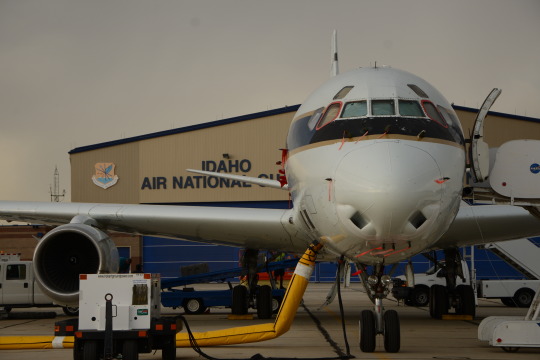
The DC-8 does some fancy flying, crisscrossing over the fires in a maneuver called “the lawnmower” and sometimes spiraling down over one vertical column of air to capture smoke and particles at all different heights. Inside, the plane is full of instrument racks and tubing, capturing external air and measuring its chemical makeup. Fun fact: The front bathroom on the DC-8 is closed during science flights to make sure the instruments don’t accidentally measure anything ejected from the plane.
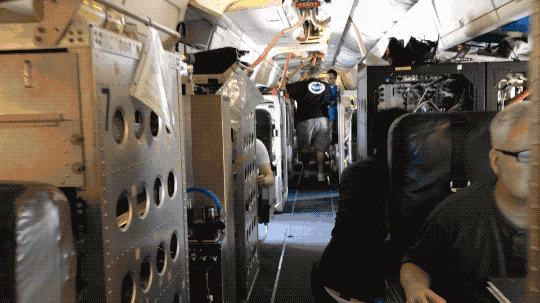
Finally, we make it all the way up to space. We’ve got a few different mechanisms for studying fires already mounted on satellites. Some of the satellites can see where active fires are burning, which helps scientists and first responders keep an eye on large swaths of land.
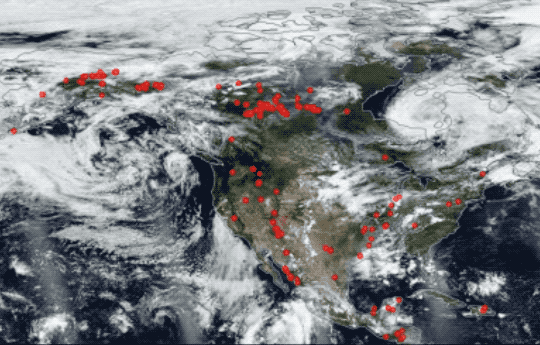
Some satellites can see smoke plumes, and help researchers track them as they move across land, blown by wind.
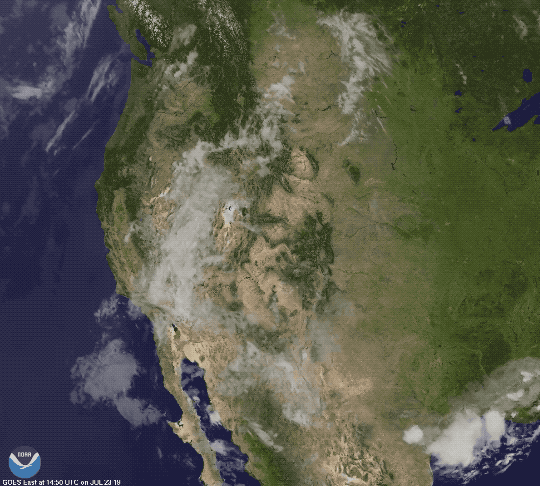
Other satellites help us track weather and forecast how the fires might behave. That’s important for keeping people safe, and it helps the FIREX-AQ team know where to fly and drive when they’ll get the most information. These forecasts use computer models, based on satellite observations and data about how fires and smoke behave. FIREX-AQ’s data will be fed back into these models to make them even more accurate.
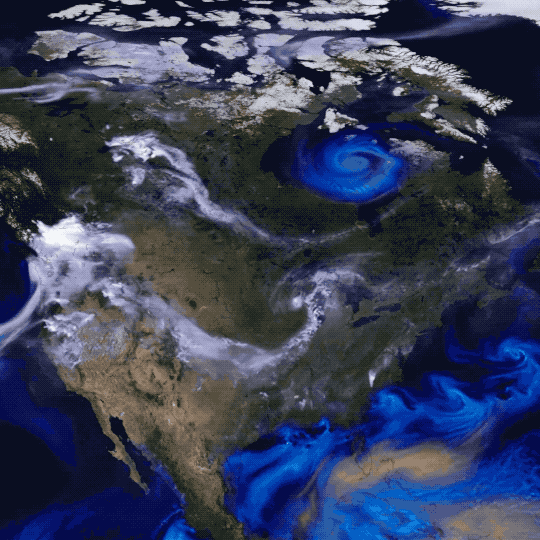
Learn more about how NASA is studying fires from the field, here.
Make sure to follow us on Tumblr for your regular dose of space: http://nasa.tumblr.com.





Комментариев нет:
Отправить комментарий